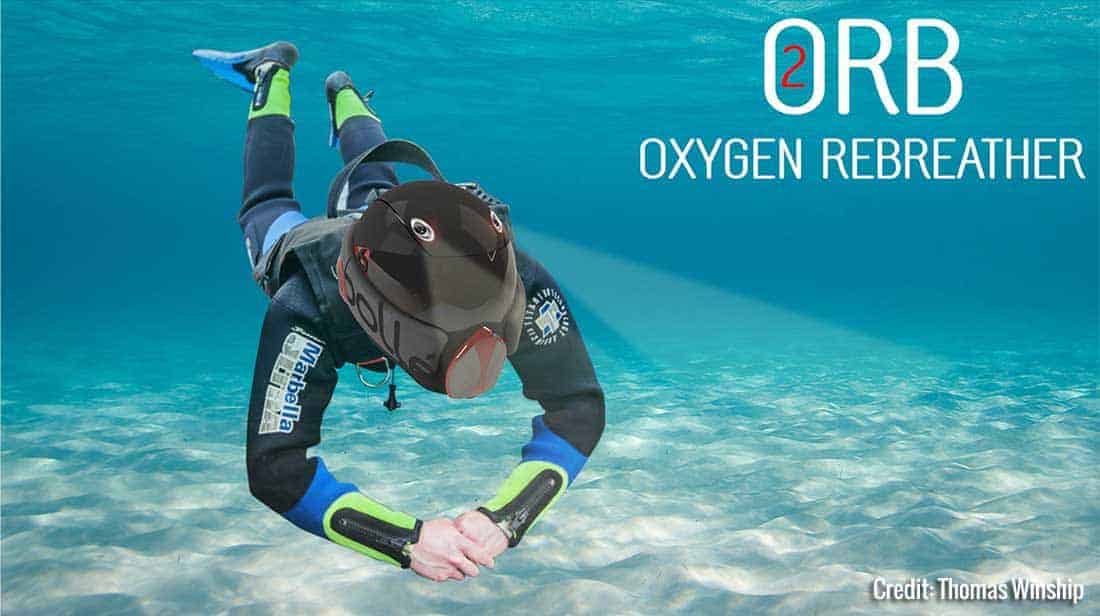
A dive suit, or piece of clothing designed to protect a diver in the underwater environment, is a piece that covers his skin. A diving suit may also include a breathing system. However, this is often referred to separately. Diverse suits can be made from many materials and styles. Consider these important considerations when shopping for a diving suit. Consider the length.
The disadvantages of a wetsuit
The main benefit of wearing a wetsuit while diving is its protection from the water. A wetsuit has its limitations, however. While wetsuits can be costly, you will want one that is compatible with all water activities.
Wetsuits come with zips as one of their main features. They are more common in the back than they are in the front. The wearer also has more freedom with back zips. This allows you to move around while diving more easily. However, the downside to back zippers is their tendency to slip and fall during a dive.
Types of wetsuits
Diverse types of suit protect different parts. The two-piece is the most commonly used type of wetsuit. These suits are made from neoprene, which is versatile and can withstand a wide range of temperatures. Gas-blown is a type of Neoprene that is extremely flexible, and it contains thousands of Nitrogen bubbles. Despite its durability, neoprene is not indestructible.

Another type is a semi-dry wetsuit, which is the thickest type of wetsuit. These suits can be used for all types of diving and have good seals and a hood. These suits are extremely thick so very little water can get in.
Material used in wetsuits
Although there are many types of diving suits, neoprene is the most common. This type of material is known for its water-repelling properties and insulating properties. Divers were forced to use complicated equipment to keep warm in the water prior to Neoprene. It was initially used for scuba gear. However, the material was later used in wet suits that were made for surfers who live in colder climates. Almost all wet suits today are made of this material.
Neoprene is a thin rubbery material that makes a wetsuit. It is used for cold weather dives, since it provides warmth without preventing the skin from getting wet. It can range from 0.5mm up to 7mm in thickness.
Length of a wetsuit
Wetsuits come with a range of lengths and thicknesses. Thicker suits tend to be more flexible and lighter. Thicker suits can be warmer and bulkier. The thickness of a wetsuit depends on what you plan to use it for. Thicker wetsuits in cold water will keep you warmer but are bulkier and more restrictive.
Look for a wetsuit that is snug at the wrists. These are the most vulnerable areas for water to seep in. It is important that the wetsuit doesn't have too many gaps around your neck. Comfortable wetsuits should allow you to move comfortably with your arms and legs.

Design of a wetsuit
A good dive suit design can make all the difference in how you feel when you are out on the water. The main purpose of a wetsuit is to protect the wearer from cold water. They have been made from the same material for decades. Neoprene was first invented by DuPont back in the 1930s. The design of wetsuits has improved and changed since then. A modern wetsuit must have certain features such as the correct panel layout, the right panel sizes, and a style that is convenient for the wearer. Wetsuits also have to have the right neoprene thickness, softness, and seam construction. The construction of the zip will also impact the final cost.
Diving suits can be made from many materials, such as nylon, polyester and neoprene. The early versions of wetsuits were made from a thin layer of neoprene sandwiched between layers of nylon or spandex. These early suits had a disadvantage: they were hard to put on, and were susceptible to tearing because there was no zipper. Later on, we used polyester and other materials to make the suits waterproof.